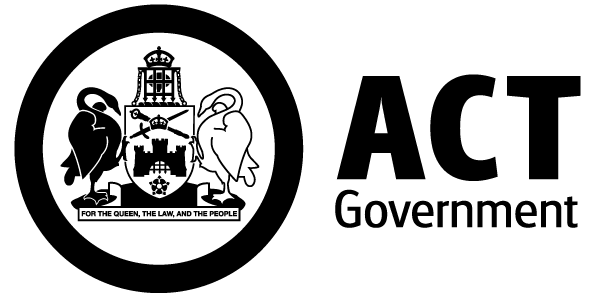Pricing public transport
Jurisdiction: Australian Capital Territory
How might we price public transport to balance capacity supply and patronage demand?
Covid provides an opportunity to re-evaluate how public transport is priced to ensure it continues to meet its policy outcome of access, mobility, and connectivity with finite funding. How can we anticipate and forecast patronage, within contexts of change, to ensure capacity and patronage demands can be effectively managed through pricing?
In its recent report on Public Transport Pricing, the Productivity Commission noted: “Better pricing would recognise that peak charges should be higher and timed to make improved use of transport assets, prices should better reflect that buses are less costly than trains, and longer distances travelled should come with higher prices.”
In the ACT, Transport Canberra operates an integrated and multi-modal public transport network with a single fare system and identified concession entitlements. Acknowledging recent events have driven various short-term and potentially longer term changes in passenger travel behaviours, how can public transport in the ACT continue to respond to, and manage, behaviour effectively and efficiently (continue to grow patronage and maintain service quality and levels), whilst also ensuring Government Policy objectives and ambitions are realised within a finite resourcing and funding envelope? What solutions can best ensure timely, and evidence led or informed interventions around transport pricing that are fit for purpose in the ACT?
Eligibility: Must use at least one ACT Government data set, either from the Open Data Portal (data.act.gov.au) or the Geospatial Catalogue (actmapi-actgov.opendata.arcgis.com).
Entry: Challenge entry is available to all teams in Australia.
Dataset Highlight
Geospatial Data Catalogue
ACT Government Open Data Portal
Daily Public Transport Passenger Journeys By Service - ACT
